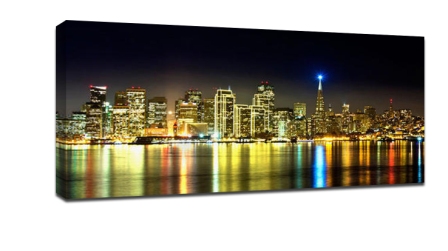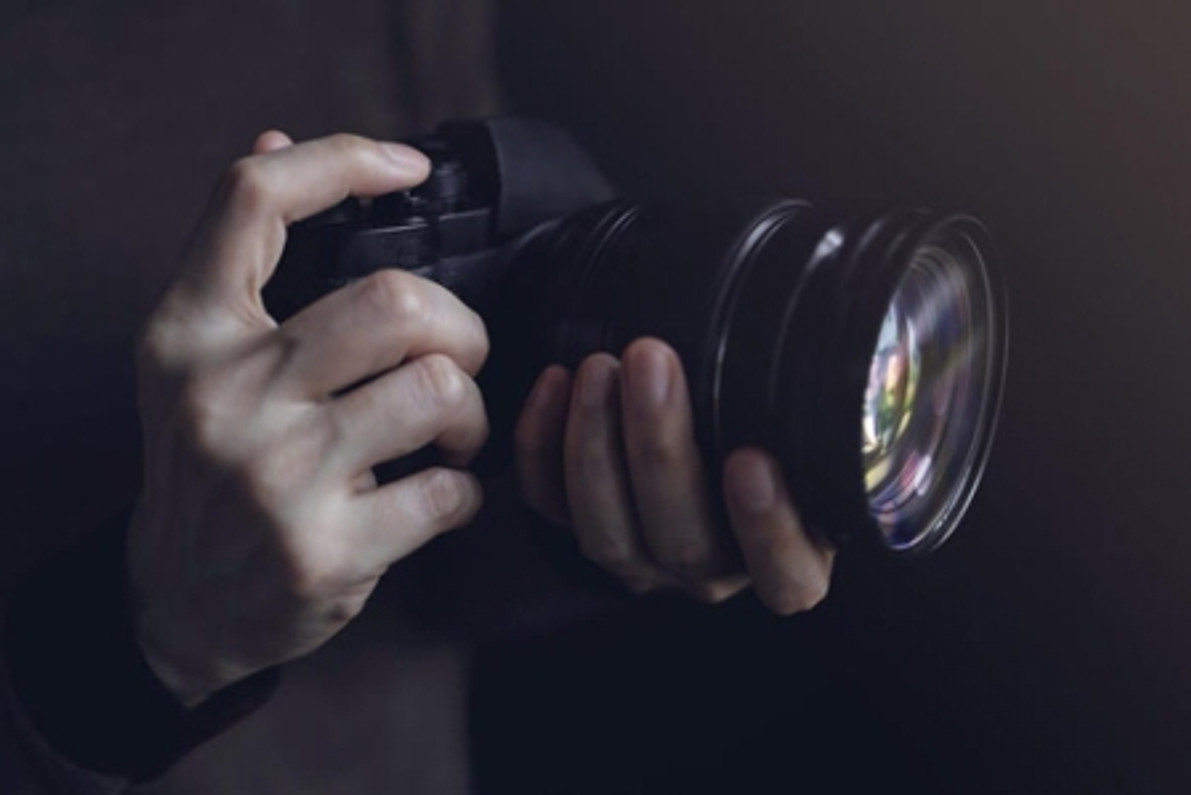7 reasons why cell phone cameras can't replace SLRS
Nowadays, people are surrounded by high-tech products. It is unbelievable that they are so advanced, especially smart phones. Today's smartphones have become so complex that some of their features are more powerful than entry-level computers. In fact, the change is evident in all the individual components that make up an entire smartphone: like computing power and a camera...
In this sense, the camera is a specific structure. The cameras on the iPhone 11 and many phones are so good that they even compete with high-end cameras. But are they really that good? The main question we will answer in this article is: Can smartphone cameras replace DIGITAL SLR cameras? Obviously not yet, but it's still a big threat.
The origin of the smartphone revolution
Before comparing smartphone cameras to digital SLRS, it's worth remembering that smartphones have changed the lives of billions of people around the world. Maybe it all started with the launch of the original iPhone. During Apple's Macworld Keynote in 2007, Steve Jobs showed off a new product -- the iPhone -- that combined GPS, camera and music playback.
The original iPhone went from a clunky and far from easy to use so-called "smartphone" to a truly new era of smartphones. Other brands, such as Samsung, have since started making similar products. So whether you like the current Apple product or not, you have to realize that the smartphone industry today would be very different without the original iPhone. Nowadays, if you look at many third World countries/regions, you will find that the only way for people to communicate with the world is through smart phones and Internet connection. To be sure, most people in these countries can't afford an iPhone, but they still have low-end Android smartphones that are becoming more and more powerful.
India, for example, is already considered the second largest country in the world with Internet users, as the smartphone revolution began in 2007. Indians use Android for almost all their digital devices, whether they are paying for utilities, reading news or playing games.
The best camera in a smartphone
In the latest iteration of mobile phones, smartphones have become better cameras than their predecessors. Today, people can take pictures of 100 million pixels, with very high resolution and quality. Not only that, the camera software can automatically generate HDR images, and has portrait and night mode, which can be similar to professional cameras. And all of this begs the question: Can smartphone cameras really replace full-frame digital SLRS? Can they take images of the same quality as high-end cameras? Let's answer this question together.

Smart phone camera sensor is small in size
First, we have to start with sensors. With the iPhone 11, a relatively powerful camera, the images are surprisingly sharp, and few would notice the difference between camera and phone images at normal viewing distances. In fact, in terms of the iPhone's software processing, they produce far better images than the camera can take directly, in terms of their high dynamic range and sharpness.
However, when zoomed in, the differences began to become more pronounced. At 100 per cent, it is clear that the images taken by the camera are still very sharp, while those taken from smartphones are coarser because the latter have smaller sensors.
The lens is still short
Moving on, let's talk about lens configurations in smartphone cameras. Each new flagship smartphone comes with multiple lenses in its camera Settings, and the new iPhone comes with two or three separate lenses that offer a regular ultra-wide Angle and 2x zoom range of field of view. To be fair, all of these lenses are made of the finest materials, but one thing remains unquestioned: They are the only option for phones that don't fit new lenses into the sensors. Even though many phones come with longer zoom lenses, the limitations and ease of taking photos don't match those of a replacement camera.
Powerful software can solve some optical problems
As mentioned earlier, iphones and other smartphones have more sophisticated software that can mimic SLR type photos. The latest iPhone, for example, has a new night-mode feature that basically implements long-exposure mode, but it can be easily implemented on most cameras. With this feature, you can easily take low-light images and even do your own astronomical photography.
Powerful sensors for high-end digital SLR cameras
The first major advantage of today's SLRS or microphones is their relatively large sensor size. Although there are two mainstream types of sensors -- full-frame (35mm) and APS-C (1.5 or 1.6 times cropped) -- they are much larger than smartphones. This results in better low-light performance, much sharper images, and cleaner, softer textures. High pixels are only one thing. A phone has more pixels than a camera, but still produces a quality picture.
Can install any lens required
Another big advantage any SLR or microcamera has over a smartphone is the ability to change lenses.
Conclusion,
If you're a photographer, you should definitely stick with your camera. Most people want to get the best quality images, and for that, mobile photography is not really possible. However, if you are a photography enthusiast or post photos on social media, then your mobile phone may be a good choice. The feature of portable photography is the greatest convenience. In the future, it may be possible for regular smartphone sizes to change to accommodate larger sensors, and they may even have different lenses. But that is just a guess. Today, we're not there yet.
Recent Posts
-
Big Canvas Prints for Coastal Homes in Australia: Beach Vibes for Every Room
Australia's coastline is renowned for its natural beauty, with sweeping sandy beaches, crystal-clear …1st Jul 2025 -
Cheap Canvas Prints with Free Delivery: A Budget-Friendly Way to Add Art to Your Walls
When it comes to decorating your home, wall art can make a huge impact without the need for a comple …1st Jul 2025 -
5 Reasons to Choose Floating Frame Canvas Prints for Your Artwork
When it comes to displaying artwork, the frame you choose can make all the difference. If you're loo …1st Jul 2025
